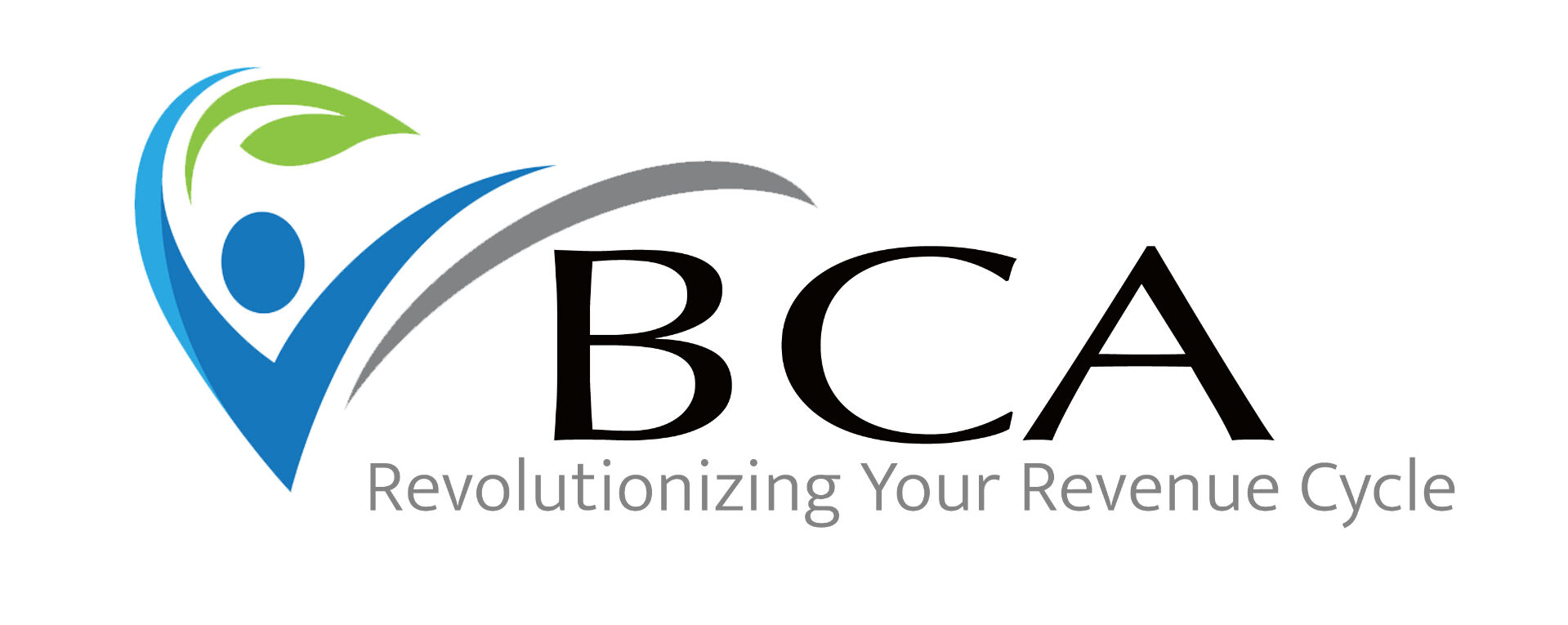Finance and clinical leadership in healthcare play an integral role in aligning quality improvement (QI) with value-based incentives. Let’s dive deeper into exploring strategies for linking QI initiatives to financial goals, selecting quality metrics that improve financial performance, and using tools to streamline clinician workflows for capturing quality measures.
Aligning Quality Improvement Efforts with Financial Incentives in Value-Based Care
Value-based care ties financial incentives directly to quality performance, making it essential to align QI initiatives with financial goals. Here’s how:
Integrate Financial Metrics with Clinical Outcomes: Many value-based care models reward reduced hospital readmissions and improved chronic disease management. Aligning financial metrics with clinical QI efforts in these areas can yield significant financial returns.
Optimize Incentives for High-Impact Measures: Identify which clinical metrics have the highest impact on financial incentives. For example, focusing on diabetes control measures improves health outcomes and can significantly enhance payer incentives.
Collaborate with Payers on Metrics and Expectations: Review payer contracts regularly to understand which quality metrics affect financial incentives. This collaboration allows finance teams to prioritize QI initiatives that drive the most financial benefit.
Steps for Identifying the Right Quality Metrics to Improve Financial Performance
Selecting the right quality metrics is critical for maximizing financial incentives. Follow these steps to identify high-value metrics:
Evaluate Metrics Based on Cost and Patient Impact: Focus on metrics that address high-cost conditions. For example, improving measures around congestive heart failure can reduce expensive hospital readmissions, boosting both financial and clinical performance.
Conduct a Cost-Benefit Analysis of Potential Metrics: Compare the potential financial impact of different quality metrics against the resources required to achieve them. High ROI metrics may involve conditions with frequent claims activity, such as hypertension and diabetes.
Align Metrics with Strategic Priorities: Ensure selected metrics align with both clinical and financial strategic goals. In value-based models, metrics that address chronic disease management and preventive care often yield the most significant return.
Tools to Improve Clinician Workflow for Capturing Quality Measures
Clinicians need tools that streamline the capture of quality measures without increasing workload. Here are some effective strategies:
Electronic Health Record (EHR) Optimization: Use features like templates and prompts to efficiently capture required quality data. Customizing templates for chronic conditions or preventive care visits can save time and reduce errors.
Clinical Decision Support (CDS) Systems: CDS tools guide clinicians through required quality steps during patient visits. These tools can help ensure that quality measures are captured consistently, improving care quality and financial performance.
Training and Support for Clinicians: Educate clinicians on capturing quality measures and provide ongoing support. Regular training sessions can address common documentation challenges and improve compliance with quality metrics.
Automated Reporting Tools: Automated reporting features in EHRs or quality management systems allow clinicians and finance teams to monitor performance metrics in real time, enabling quick adjustments when necessary.
Aligning quality improvement with financial incentives maximizes the impact of value-based care initiatives, driving both patient outcomes and financial rewards.
At BCA, we offer auditing and consulting services to support your practice in maintaining compliance and enhancing the quality of care. Documentation review starts at $499 per clinician. Please contact us at info@bcarev.com to learn more about our tailored solutions and how we can help you optimize your quality initiatives.
